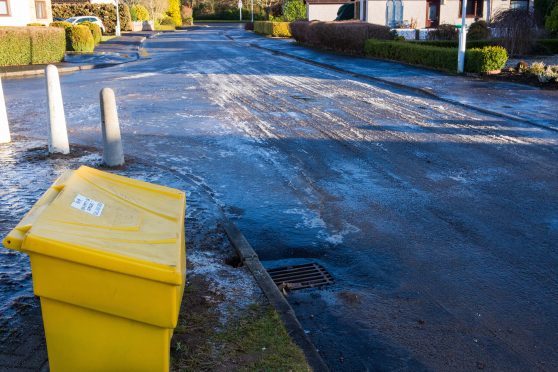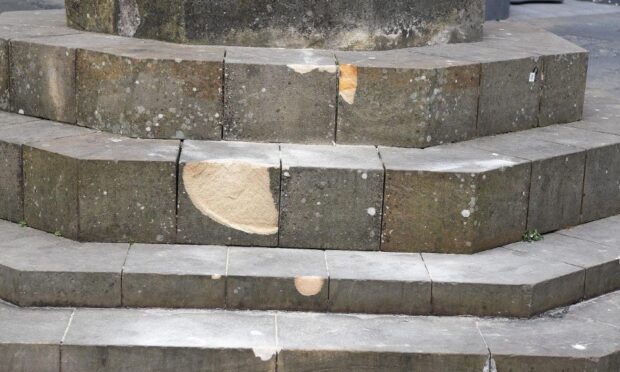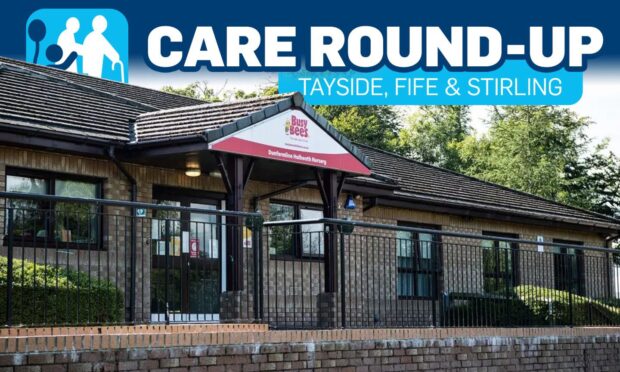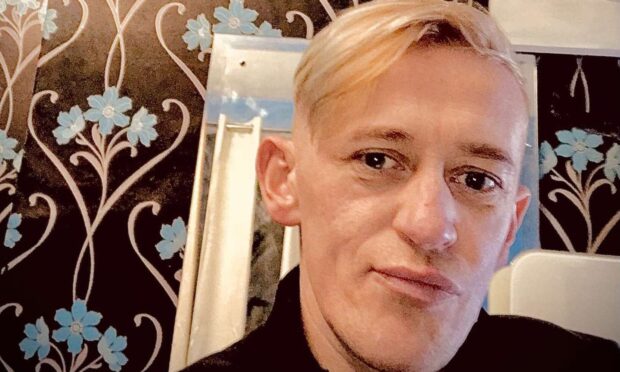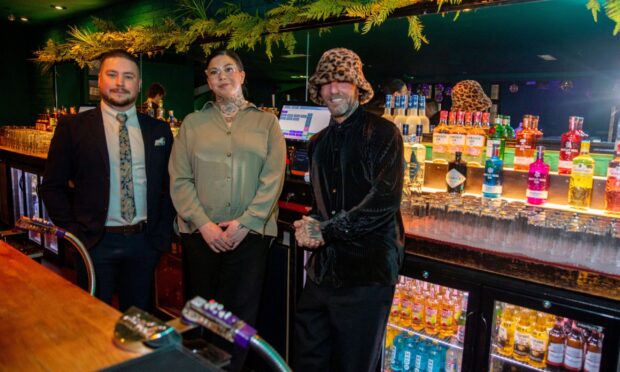Fife Council has defended its handling of recent freezing conditions stating it is “simply not possible” to grit all roads and footpaths.
In recent weeks, NHS Fife reported a spike in the number of people suffering fractures after falling on ice when plummeting temperatures resulted in treacherous underfoot conditions.
North East Fife MP Stephen Gethins said Fife Council was putting savings before public safety.
The council has taken hundreds of grit bins off the streets, and said keeping 4,000 in place across the region was not sustainable.
Mr Gethins said the council’s failure to treat roads had left some elderly residents scared to leave the house.
“I am very concerned that this policy is putting people, particularly those who are elderly and infirm, at risk of sustaining an injury,” he said.
“I was contacted by a lady who lives in sheltered housing in Cupar who said none of her neighbours would leave the house as they were terrified of falling due to the lack of gritting.”
The MP added a number of his constituents had fallen and injured themselves during recent cold weather, including children walking to Castlehill Primary School in Cupar.
Fife Council senior manager Derek Crowe said the authority supplied more grit bins than anywhere else in Scotland.
“As part of an approved budget saving proposal, a reduction in grit bin provision had been agreed,” said Mr Crowe.
“This is on the basis that Fife has around 4,000 grit bins in place and that number is not sustainable.
“In line with policy, grit bins have only been removed from locations that are on a primary one gritting route and already receive a comprehensive level of road gritting service.”
He added: “We provide a 24-seven winter gritting service to Fife’s extensive primary road network and a footway gritting service to primary footway routes at times of extended frost and ice.
“The weather conditions in mid to late-December were not unique to Fife and were very challenging with frequent rain showers being followed by plummeting temperatures and often icy conditions prevailed.
“This often meant that the primary one road and footway routes had to be repeated many times before lower priority routes could be tackled.
“There is a limit to the resources available to deal with such challenging conditions and it is simply not possible to treat all roads and footways at the same time.”
